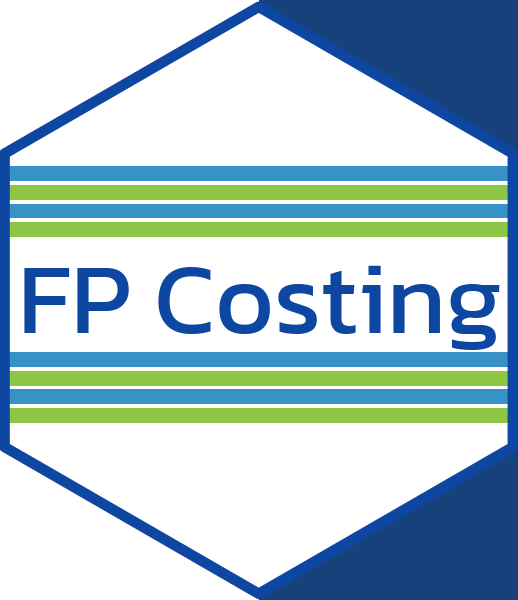There are three sets of characteristics that determine the approach that a costing exercise will utilize. Each cost will have each of these three characteristics and depend on the type of information or question that the cost data is meant to inform.
- Financial vs. Economic costing. Financial costing captures resources that are paid for with actual financial outlays, while economic costing measures the full value of all resources and goods used to produce a service. Economic costs may include donated goods and services, while financial costs do not include donated goods and services.
- Top-down vs. Bottom-up costing. Top-down costing utilizes overall program costs, while bottom-up costing measures costs at the client or activity level and often does not include above-site level costs.
- Empirical vs. Normative costing. Empirical costs are based on actual observed costs, while normative costs are based on “what should be delivered” in the field, based on information such as national policies or service delivery protocols.
"Financial" or "economic" costs are calculated using either a "top-down" or "bottom-up" approach (or "mixed") and either a "normative" or "empirical" approach (or "mixed").
Cost dimensions
It is important to remember that costs will also vary along different dimensions. When conducting a costing exercise, it is crucial to consider each of the following dimensions:
- Location
- Geography - region/country/subnational level
- Urbanicity - urban, peri-urban, rural, mixed
- Population - e.g., women of reproductive age (WRA), married women of reproductive age (MWRA)
- Time period
- Periodicity - e.g., annual, monthly
- Actual year - e.g., 2015, 2020 (including months as fiscal years vary)
- Costing Perspective - provider, patient, societal
- Platform - facility, community, etc.
- Ownership - public, private, NGO, etc.
- Technology - e.g., injectable, IUD
- Currency and (if used) exchange rate
Each dimension needs to be reported.
Cost results can also be disaggregated and reported by different categories. These can include reporting results by:
- Input categories, such as personnel, drugs, etc.
- Activity categories, such as direct service delivery, support services, or operational activities
- Service categories, such as outpatient services, lab services, etc.
- Above-site level costs, such as monitoring and evaluation activities, etc.
The costing approach will drive the design of the costing study, while the required dimensions will determine which data needs to be collected. The results of the costing study can then be reported by the categories above to understand the types of costs that are driving overall expenditures.
In addition to understanding basic costing terminology, it is also important to understand the different types of
economic evaluation methods. The next module, Module 3. Types of Economic Evaluation, will discuss various types of
costing analyses that can be used to understand family planning costs.
NEXT



